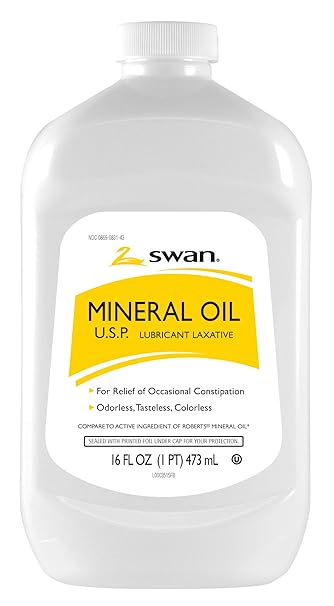Bucking the conventional wisdom (sorry Dave!), for clay chips, I apply the Johnson's Baby Oil GEL quite generously to the chips with a Kiwi shoe polish applicator (thanks to Pug, Dave, and others who suggested this applicator). I want to ensure every ring, H&C, crack, and crevice in the mold is contacted with the GEL. I then leave the chips pretty wet with the GEL for DAYS, and often over a week. Unlike non-gelled mineral oil, the Johnson's Baby Oil GEL will not get under the inlays of the chips to darken them (and I've probably done over 10k chips without a problem). The downside of all this is that removing the excess GEL is a pain, but using bar mop towels for the job makes it a little easier. Along with helping to keep the chips cleaner longer, I also find that this method keeps them looking nice much longer than regular mineral oil. Note that you can get an unscented version of the Johnson's Baby Oil GEL, too; it comes in a pink capped clear bottle.
I even use a very light coat of the Johnson's Baby Oil GEL on Chipco ceramics to help keep them cleaner longer.



